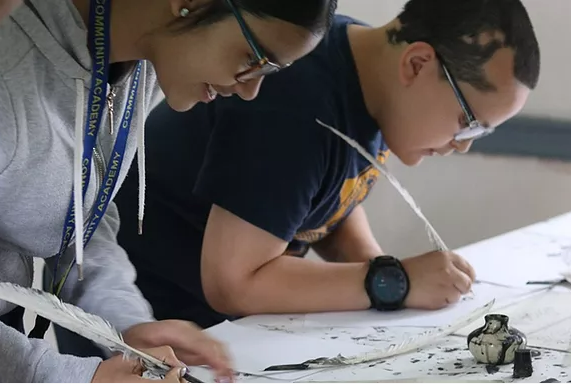
Editor’s note: This commentary from Lexi Boccuzzi, a University of Pennsylvania sophomore from Stamford, Conn., studying philosophy, politics and economics, appeared Monday on The Daily Pennsylvanian.
The term “school choice” is defined as “a program or policy in which students are given the choice to attend a school other than their district’s public school.”
Typically, this results in school districts broadening the types of schools they have, which manifests itself in an expansion of the types of schools available to most students, which often include magnet, charter, or private schools.
While I would imagine this to be a fairly uncontroversial definition, Republicans and Democrats have remained divided on this issue for decades.
In light of increasing conversations surrounding parental involvement in education, school choice issues have grown in national prominence over the past election cycle. As a tutor with the West Philadelphia Tutoring Project, I’ve been able to get a glimpse into the lived experience of Philadelphia public school students. Combined with work on Board of Education races in my own city, it’s caused me to reflect on my own 13 years as a public school student.
These realities, juxtaposed with that of many of my Penn peers who attended private schools, led me to an interesting question: Why should the quality of education your child receives be based on your income?
The School District of Philadelphia poses a unique example on the implementation of school choice policies. In a city with one of the largest school districts in the country, the Philadelphia Board of Education is appointed, rather than elected, creating accusations of little transparency. This poses accountability red flags, making it difficult for parents to express their concerns at the ballot box.
The district also has seen increasing disparity in achievement among racial and socioeconomic groups, with only 32% of children in the third grade meeting the appropriate reading levels.
Philadelphia, unlike many other urban centers throughout the country, also has an expansive charter school system. In Philadelphia, charter schools receive district and state funding while also operating outside various city and state restrictions.
A 2015 report from the Center for Research on Education Outcomes at Stanford University that looked at urban charter schools found that, in Philadelphia, socioeconomically disadvantaged students at charter schools learned more than their comparable peers at district schools in the city.
To read more, click here.


